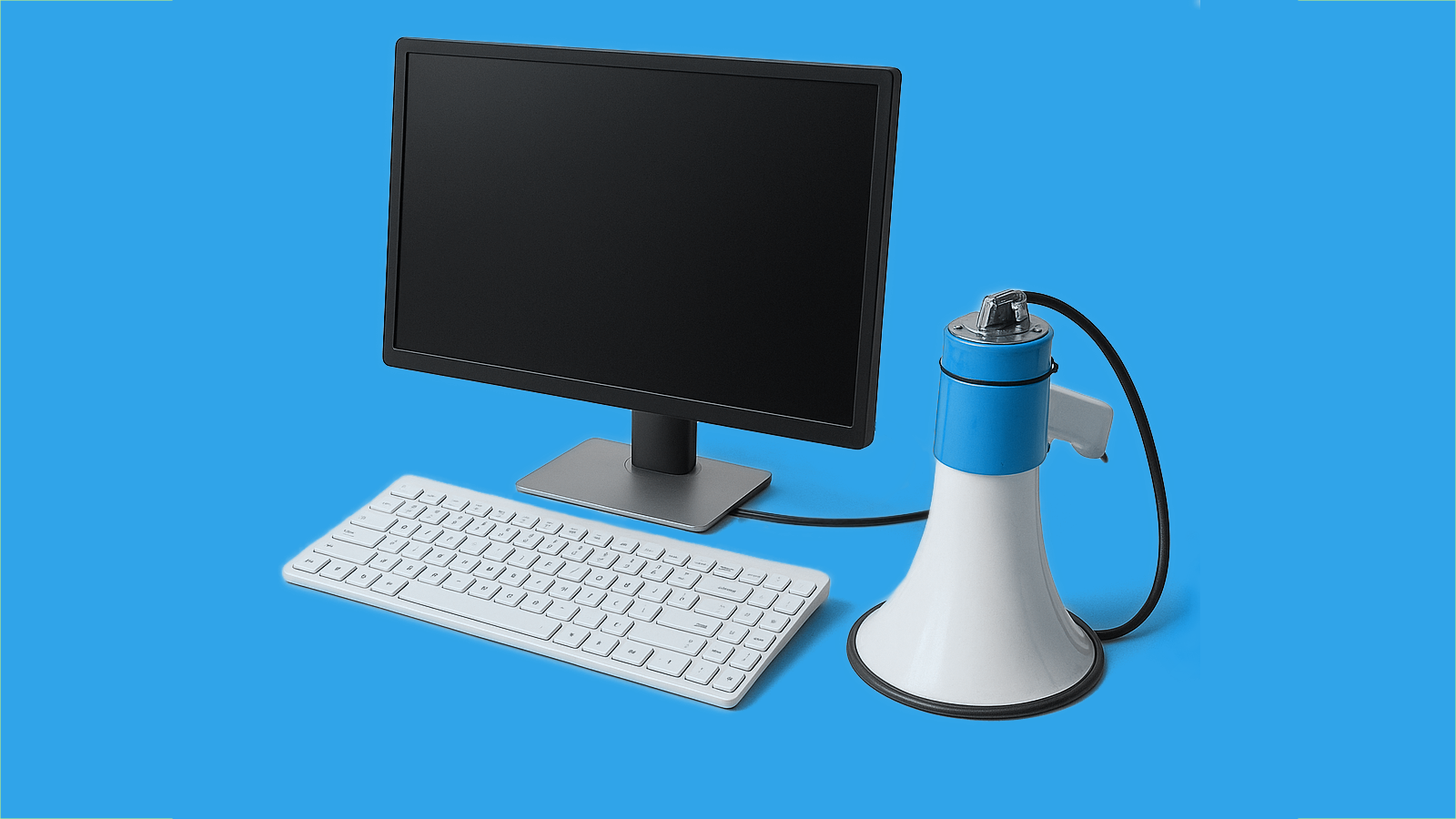Ever wonder how some businesses always seem to appear at the top of Google when you search for products or services? That’s no accident—it’s search advertising in action, and it’s a powerful tool for small businesses to get noticed by potential customers. Search ads let you talk directly to people interested in what you’re offering right at the point they need it the most.
Contents
- Stop throwing money at all platforms simultaneously
- Treat your ad budget like an investment portfolio, not a lottery ticket
- Your landing pages matter more than your ad copy
- Separate remarketing from brand awareness campaigns
- Don’t blindly trust platform recommendations
- Make your content actually helpful (not just SEO-optimised)
- Track what actually matters, not vanity metrics
- Test messaging before scaling budgets
- Putting It All Together: Your 30-Day Action Plan
Before we dive in, let’s be clear: this isn’t another generic marketing guide telling you to “know your audience” or “create engaging content.” If that’s what you’re after, you can find thousands of those articles with a quick Google search.
Instead, this is a practical, straight-talking guide for SMEs who want to cut through the noise and build effective paid advertising campaigns across search, social, and display networks. It’s based on what we’ve learned helping businesses grow through our Digital Gurus platform.
Stop throwing money at all platforms simultaneously
The most common mistake we see SMEs make is spreading their limited budget across too many advertising platforms at once.
Here’s the truth: it’s better to master one platform than to be mediocre on five. Each advertising platform has its own quirks, nuance, metrics, and optimisation strategies. When you’re getting started, choose the one most aligned with your business goals:
- Search ads: Ideal when people are actively searching for solutions you provide.
- Social ads: Perfect for building awareness and desire for products people didn’t know they wanted.
- Display ads: Best for remarketing to people who already know you and broadening your reach.
Your first platform should be where your customers are already looking, not where it’s trendy to advertise. A photography studio probably needs Instagram, while a B2B software company might see better results on LinkedIn or Google Search. Be logical.
Treat your ad budget like an investment portfolio, not a lottery ticket
Paid advertising isn’t about “setting and forgetting” - it’s about continuous testing and optimisation.
Smart SMEs approach their ad spend like this:
- 70% on proven campaigns that consistently deliver results
- 20% on optimising existing campaigns with new variations
- 10% on experimental campaigns that might fail (but might also discover a potential gold mine)
Here’s what this looks like in practice:
For Search Ads:
Don’t bid on 100 different keywords right away. Start with 10-15 high-intent keywords that directly relate to what you sell. Once those are profitable, expand gradually. It take time to get this formula just right and always needs tweaking.
For Social Ads:
Test different audience segments with small budgets (£5-10/day) before scaling up. We’ve seen SMEs waste thousands targeting the wrong demographics when a simple test would have revealed the mismatch.
For Display Ads:
Create responsive display ads with multiple assets rather than a single static banner. Then focus need to be put on finding the best combinations for different placements.
Review your ad performance weekly, not monthly. Cut what doesn’t work after collecting enough data (usually 100+ clicks), and double down on what does. Be practical.
Your landing pages matter more than your ad copy
Here’s the hard truth: amazing ads leading to terrible landing pages is the digital equivalent of a fantastic movie trailer for a horrible film.
People might show up, but they’ll leave disappointed and you’ll never see them again.
For every hour you spend crafting the perfect ad, spend three improving the page it leads to. Some essential landing page elements that boost conversion:
- A headline that directly addresses the promise in your ad.
- Simplified navigation (fewer choices = higher conversion).
- Fast loading time (especially on mobile).
- Clear, specific call-to-action (not just “Learn More”).
- Social proof relevant to your target audience.
Matching your ad’s message to your landing page isn’t just good practice-it improves your Quality Score on Google and lowers your cost per click. The same principle applies on social platforms, which reward relevance with lower costs. Make it tie together.
Separate remarketing from brand awareness campaigns
Lumping all your campaigns together is like using the same fishing technique for whales and goldfish at the same time - ineffective and wasteful.
Here’s how to structure your campaigns based on where prospects are in their journey:
Cold Traffic (don’t know you exist):
- Use broader targeting with compelling educational content.
- Focus on problem awareness, not selling.
- Measure engagement rather than direct conversions.
Warm Traffic (visited but didn’t convert):
- Deploy specific remarketing ads addressing objections.
- Show different messages based on which pages they visited.
- Include stronger offers with clear urgency.
Hot Traffic (previous customers):
- Upsell related products or services.
- Request referrals or reviews.
- Exclude them from your acquisition campaigns to avoid wasting spend.
Create a simple spreadsheet tracking the cost per acquisition at each stage. You’ll likely find remarketing converts at 3-5x the rate of cold traffic, justifying a different budget allocation strategy. Focus on the low hanging fruit.
Don’t blindly trust platform recommendations
Google, Facebook, and other platforms want you to spend more money-not necessarily spend it more effectively. Their “optimisation” suggestions often serve their interests more than yours.
Some examples:
- “Expand your reach” usually means showing your ads to less qualified prospects.
- “Automated bidding” works well at scale but can burn through SME budgets during the learning phase.
- “Recommended ad spend” is typically higher than what you actually need.
This doesn’t mean automation is bad (it’s not), but you should approach platform recommendations with healthy scepticism.
Start with manual bidding until you have enough conversion data (usually 15-30 conversions per month) before switching to automated bidding strategies. This gives you more control during the critical learning phase. Be sensible.
Make your content actually helpful (not just SEO-optimised)
The old approach of keyword stuffing content is dead. Modern SEO rewards genuinely helpful content that solves real problems.
When creating content to support your paid advertising:
- Focus on search intent, not just keyword volume.
- Answer the specific questions your customers are asking.
- Include practical, actionable advice they can implement.
- Back up claims with data, examples, or case studies.
- Make it ‘skim-able’ with clear subheadings and bullet points.
Google’s algorithm has gotten smarter about identifying content that provides value versus content that’s just trying to rank. The same principle applies to ad platforms, which increasingly reward relevance and engagement.
Before publishing any content, ask: “Would I share this with a colleague I respect?” If the answer is no, it’s not ready. Be useful.
Track what actually matters, not vanity metrics
Impressions, clicks, and even conversions can be misleading if they don’t translate to actual business results.
Set up proper tracking to measure:
- Cost per acquisition (not just cost per click).
- Customer lifetime value by acquisition channel.
- Return on ad spend (ROAS) for each campaign.
- Conversion rates at each stage of your funnel.
This might require connecting your advertising platforms to your CRM or setting up proper UTM parameters, but it’s worth the effort.
A campaign with a higher cost per acquisition might actually be more profitable if it brings in higher-value customers. Without proper tracking, you’d never know. Always be measuring.
Test messaging before scaling budgets
The difference between a good ad and a great ad isn’t subjective-it’s mathematical. A great ad can perform 2-5x better than a good one with the same audience and budget.
Before scaling any campaign:
- Test at least 3-5 different headlines.
- Try various hooks and value propositions.
- Experiment with different creative formats (image, video, carousel).
- Test long vs. short copy approaches.
The goal isn’t to find what you like best-it’s to discover what your market responds to.
For small budgets, test sequentially rather than simultaneously. Run version A for a week, then version B, and compare results. This gives each variant enough data before moving to the next. Relentless testing.
Putting It All Together: Your 30-Day Action Plan
- Days 1-3: Audit your current marketing efforts and identify the platform most aligned with your business goals.
- Days 4-7: Set up proper tracking to measure actual business results.
- Days 8-14: Create your first campaign with 3-5 ad variations and a compelling landing page.
- Days 15-21: Monitor performance, optimise based on early data, and cut what isn’t working.
- Days 22-30: Scale successful approaches and set up remarketing to capture interested prospects.
This methodical approach will generate better results than trying to do everything at once.
Effective marketing isn’t about following trends or using the latest platform - it’s about consistently delivering the right message to the right person at the right time. And that’s a skill any SME can master with the right guidance. Stick to a plan, get the data, adjust the plan.
At Digital Gurus, we’re committed to helping SMEs navigate the complex world of digital marketing without the fluff, jargon and nonsense – we are here to help demystify digital. If you’d like personalised guidance on implementing these strategies for your business, our platform is here to help check us out at Digital Gurus or contact us.



